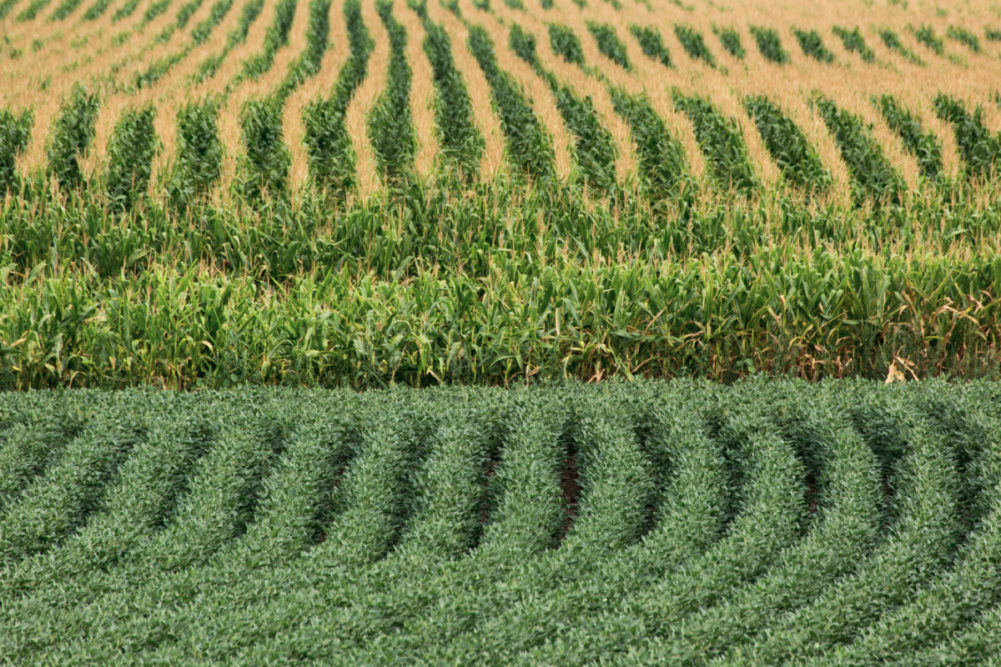WASHINGTON, DC, US — About 55% of the total harvested cropland in the United States was grown with varieties having at least one genetically modified trait in 2020, according to a recent US Department of Agriculture Economic Research Service (ERS) report.
Corn, soybeans, and cotton dominate the area planted with GM crops, which were adopted widely by US farmers in the 1990s. When lesser-known GM crops such as canola, potatoes, sugar beets and apples are counted, about 55% of US cropland was planted to GM varieties by 2020, the ERS said.
GM varieties are beginning to spread in alfalfa and have been planted on a small commercial scale in potato, papaya, squash, and apples.
The most common GM traits are herbicide tolerance and insect resistance.
According to the USDA’s Acreage report, biotech varieties were planted this year on 93% of corn acres, 97% of soybean acres and 95% of cotton acres. USDA estimates 92.99 million acres of corn, 82.6 million acres of soybeans and 9.56 million acres of cotton in 2023.
Wheat, rice, barley, oats, sorghum, peanuts, sunflower, flax, beans, sugarcane, potatoes, vegetables, fruit and nuts continue to be primarily grown using conventional or non-GM planting material.






